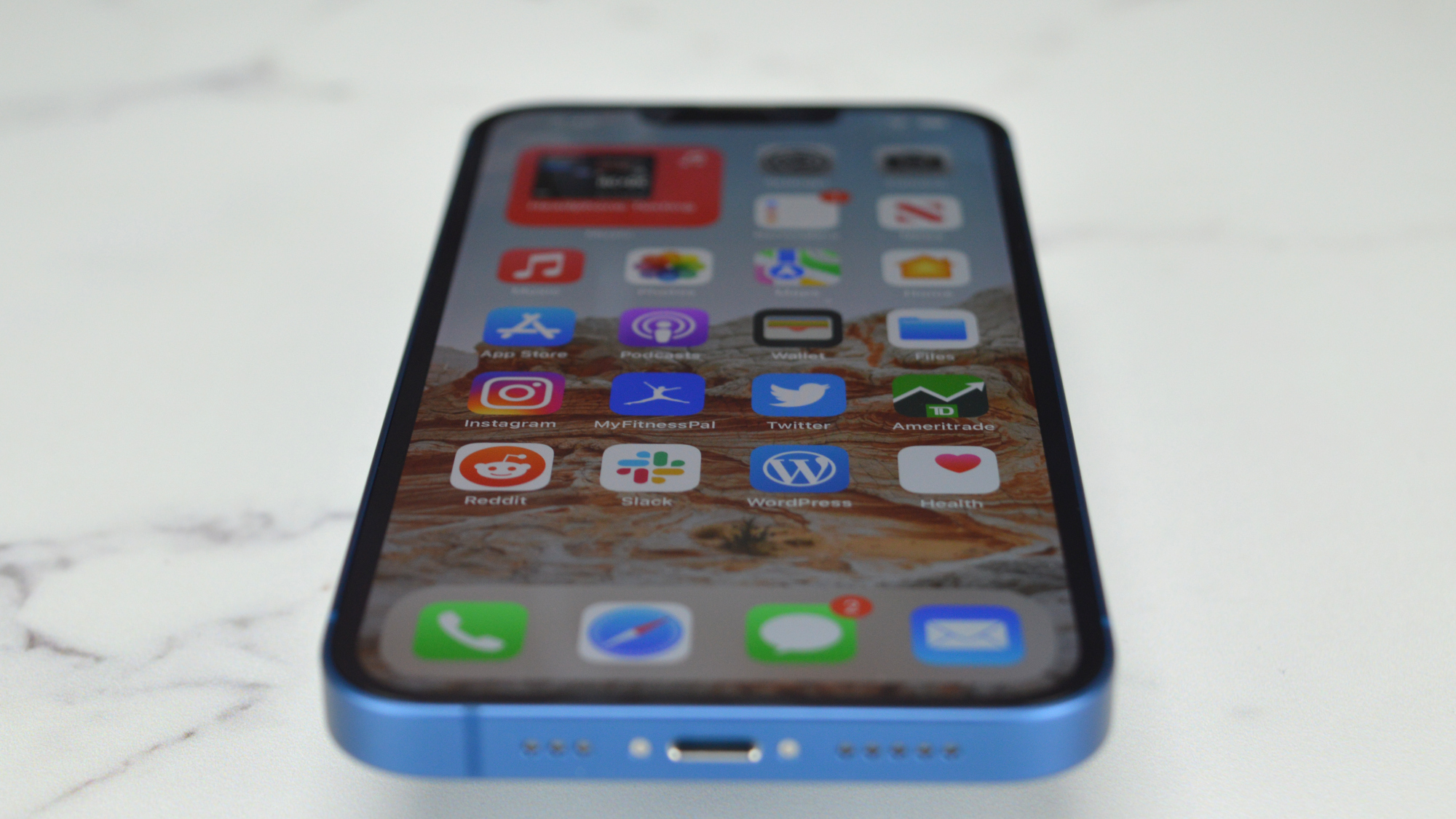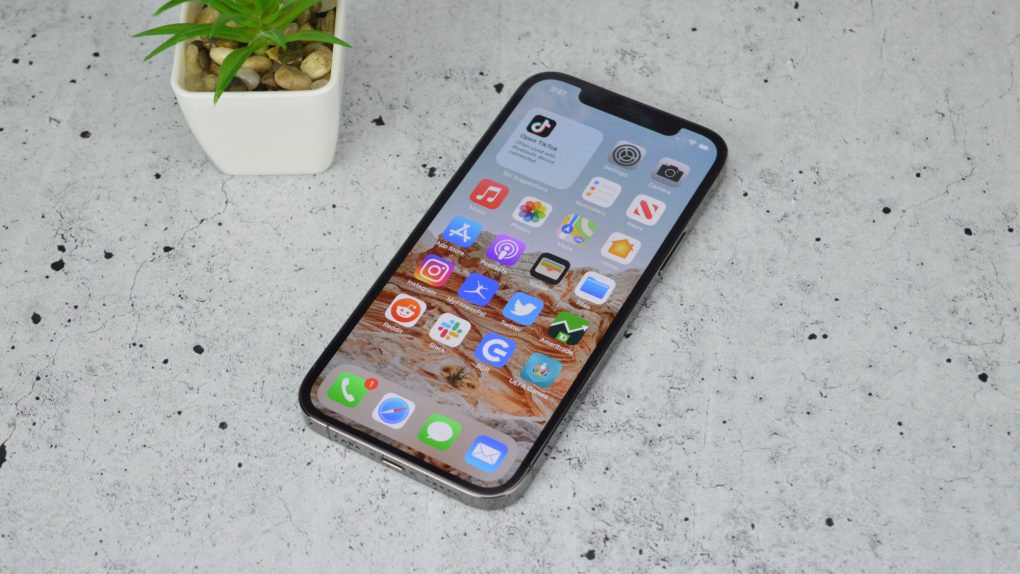The USB-C iPhone rumor reemerges almost every year, giving fans hope that Apple might finally make the switch. But up until this year, we never had any real reason to believe that Apple will replace its proprietary Lightning port on iPhone with USB-C. It seemed more likely for Apple to eliminate the current port and launch a portless iPhone instead.
However, recent developments indicate that Apple might have reconsidered its iPhone ports strategy. First, the European Union might soon force smartphone vendors only to use USB-C connectors on their devices. The proposed law would impact Apple the most, as everyone else has made the switch. Then, a well-known Apple insider said a few days ago that the iPhone 15 might be the first iPhone to feature a USB-C port.
The leaker is back with more details, claiming that Apple will remove Lightning from all accessories when the first USB-C iPhone arrives. Moreover, a different report explains how Apple will handle the switch when it comes to existing Lightning accessories.
Apple leaks veteran Ming-Chi Kuo said a few days ago that the iPhone 15 models should be the first handsets to ditch the Lightning port in favor of USB-C. Bloomberg’s Mark Gurman echoed that sentiment, claiming that Apple is already testing iPhones with USB-C ports.
Like Kuo, Gurman said that Apple will introduce USB-C iPhones in 2023 at the earliest.
What will happen with the Lightning-based accessories?
Kuo took to Twitter to expand on his previous report. He explained that Apple might favor the switch to USB-C rather than removing the Lightning port completely. Going portless might not be feasible for the iPhone. Kuo cites issues with current wireless technologies and the immature MagSafe ecosystem as reasons for embracing the USB-C iPhone.
Moreover, Kuo said that other Lightning port products will also switch to USB-C in the near future. The list includes AirPods, Magic Keyboard/Trackpad/Mouse, MagSafe Battery, and other Lightning-based accessories.
Transitioning to USB-C on all devices makes sense, considering Apple already has plenty of USB-C-ready products. All MacBooks come with USB-C ports, and most iPads have already ditched the Lightning connector. The only holdout is the entry-level iPad.
iPhone users who already own MacBooks, iPhones, and plenty of other electronics that come with USB-C ports will be able to transition to the new port easily. They’ll already have at least one USB-C to USB-C cable that works with all USB-C devices. The same goes for USB-C chargers.
You might be using them to power the MacBook, iPad, and other devices. The same charger and cable will be good for the USB-C iPhone and all the Apple accessories that will get USB-C ports instead of Lightning. That means you’ll need just one charger and cable to handle almost all your charging needs.

First iPhone with a USB-C port will introduce a new adaptor
Moreover, the iPhone box will likely come with a USB-C-to-USB-C cable, replacing the current USB-C-to-Lightning connector.
But the transition to USB-C will present a big problem for some buyers. Some of the people who purchase the USB-C iPhone will still own Lightning-based accessories that they’ll want to use. Like AirPods or external batteries. They’ll still have to carry a Lightning cable to recharge those devices.
Not to mention that many users own multiple Lightning cables that would become obsolete once the USB-C iPhone arrives. That’s where new dongles will come in handy.
Apparently, that’s how Apple will fix the problem. Gurman said a few days ago that Apple is working on an adapter that will let future iPhones connect to accessories that feature a Lightning port. It’s unclear what that adapter will look like and whether Apple will ship it alongside the first iPhone with a USB-C port.
What makes sense is a USB-C-to-Lightning dongle that will let users combine the USB-C-to-USB-C cable that ships with the USB-C iPhone with Lightning-based accessories, like older AirPods.
That said, we’re only looking at rumors. Kuo and Gurman might both be very accurate at predicting Apple’s moves. But we’re far from getting any confirmation from Apple that the Lightning port’s days are numbered.
More iPhone coverage: For more iPhone news, visit our iPhone 14 guide.








